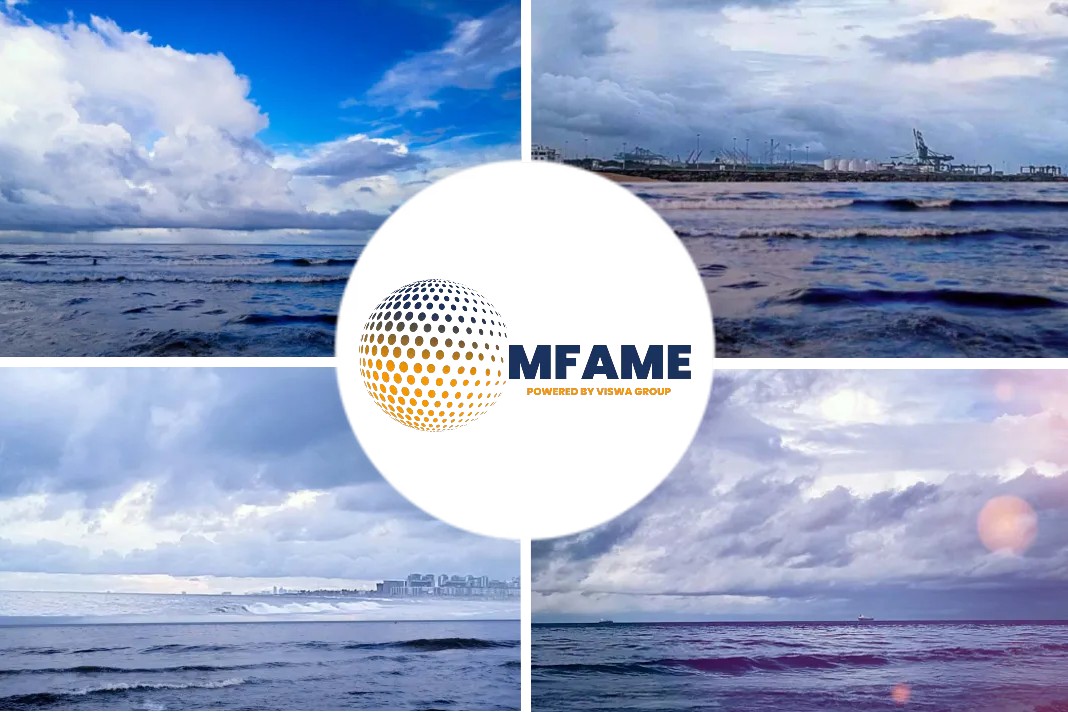- Navios has ordered a newbuild VLCC from Imabari Shipyard scheduled for completion in autumn 2020.
- Imabari expects the improved ship design to reduce fuel consumption by up to 18%.
- In-built scrubbers of ship are expected to remove up to 97% of sulfur oxide emissions from the exhaust gas.
- The vessel is claimed to reduce the risk of cracks in the hull and increase vessel safety.
Major ship operator Navios has recently ordered a 311,000 dwt newbuild very large crude carrier (VLCC) from Imabari Shipyard in Japan, scheduled for completion in autumn 2020, reports the Motorship.
Reduced Fuel Consumption
The new VLCC is the first being built to a new more efficient design, including Hybrid Fin and WAD (Weather Adapted Duct) features. Imabari expects that the improved ship design and efficient technologies will reduce fuel consumption by up to 18% compared with vessels currently in service.
Reduced Sulphur Oxide Emissions
The new ship will also have in-built scrubbers, which is expected to remove up to 97% of sulfur oxide emissions from the exhaust gas. As a result, the new design is expected to be comply with IMO Tier III NOx emission requirements.
Increased Safety
The vessel also incorporates a section of ductile steel, known as NSafe-Hull. The ductile steel sections are applied to side plates of cargo holds and fuel tanks. The steel is designed to absorb side impact to the hull three times more effectively than conventional steel plate, which is claimed to reduce the risk of cracks in the hull and significantly increase vessel safety. These are areas where hull strength is especially critical, improved puncture resistance helping to prevent flooding, and reduce risk of environmental damage from cargo oil or fuel oil leakage.
The Motorship previously reported that Imabari commissioned a new drydock, No3, at Marugame in early 2018. The drydock extended the company’s scope to ultra-large containerships of 20,000 TEU, and other major tonnage such as VLCCs, very large ore carriers (VLOCs), and LNG tankers.
Did you subscribe for our daily newsletter?
It’s Free! Click here to Subscribe!
Source: The Motorship























